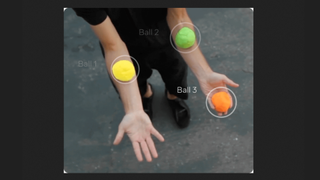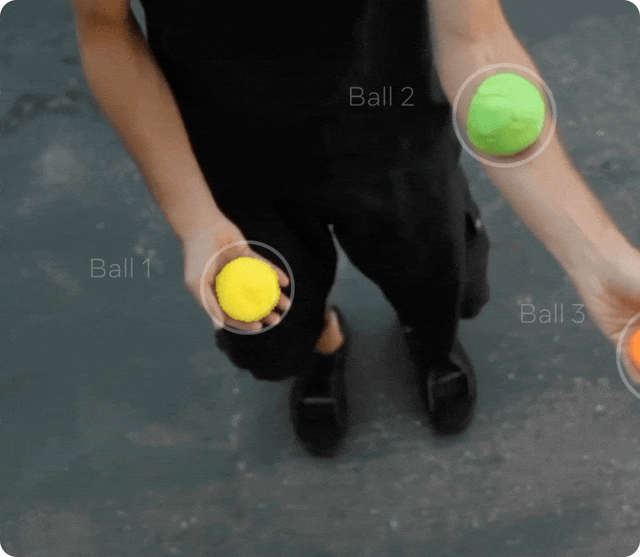Meta's new AI model tags and tracks every object in your videos
The SAM 2 model juggles naming and following every ball in real time

Meta has a new AI model that can label and follow any object in a video as it moves around. The Segment Anything Model 2 (SAM 2) extends the capabilities of its predecessor, SAM, which was limited to images, opening up new opportunities for video editing and analysis.
SAM 2’s real-time segmentation is a potentially huge technical leap. It showcases how AI can process moving images and distinguish among the elements on screen even as they move around or out of the frame and back in again.
Segmentation is the term for how software determines which pixels in an image belong to which objects. An AI assistant that can do so makes it a lot easier to process or edit complicated images. That was the breakthrough of Meta’s original SAM. SAM has helped segment sonar images of coral reefs, parsed satellite images to aid disaster relief efforts, and even analyzed cellular images to detect skin cancer.
SAM 2 widens the video capacity, which is no small feat and would not have been feasible until very recently. As part of SAM 2’s debut, Meta shared a database of 50,000 videos created to train the model. That’s on top of the 100,000 other videos Meta mentioned employing. Along with all the training data, real-time video segmentation takes a significant amount of computing power, so while SAM 2 is open and free at the moment, it likely won’t stay that way forever.

Segment Success
Using SAM 2, video editors could isolate and manipulate objects within a scene more easily than the limited abilities of current editing software and far beyond manually adjusting each frame. Meta envisions SAM 2 revolutionizing interactive video, too. Users could select and manipulate objects within live videos or virtual spaces thanks to the AI model.
Meta thinks SAM 2 could also play a crucial role in the development and training of computer vision systems, particularly in autonomous vehicles. Accurate and efficient object tracking is essential for these systems to interpret and navigate their environments safely. SAM 2’s capabilities could expedite the annotation process of visual data, providing high-quality training data for these AI systems.
A lot of the AI video hype is around generating videos from text prompts. Models like OpenAI’s Sora, Runway, and Google Veo get a lot of attention for a reason. Still, the kind of editing ability provided by SAM 2 might play an even bigger role in embedding AI in video creation.
Get the best Black Friday deals direct to your inbox, plus news, reviews, and more.
Sign up to be the first to know about unmissable Black Friday deals on top tech, plus get all your favorite TechRadar content.
And, while Meta might have an edge now, other AI video developers are keen on producing their own version. For instance, Google’s recent research has led to video summarization and object recognition features that it is testing on YouTube. Adobe and its Firefly AI tools are also centered on photo and video editing and include content-aware fill and auto-reframe features.
You might also like...

Eric Hal Schwartz is a freelance writer for TechRadar with more than 15 years of experience covering the intersection of the world and technology. For the last five years, he served as head writer for Voicebot.ai and was on the leading edge of reporting on generative AI and large language models. He's since become an expert on the products of generative AI models, such as OpenAI’s ChatGPT, Anthropic’s Claude, Google Gemini, and every other synthetic media tool. His experience runs the gamut of media, including print, digital, broadcast, and live events. Now, he's continuing to tell the stories people want and need to hear about the rapidly evolving AI space and its impact on their lives. Eric is based in New York City.